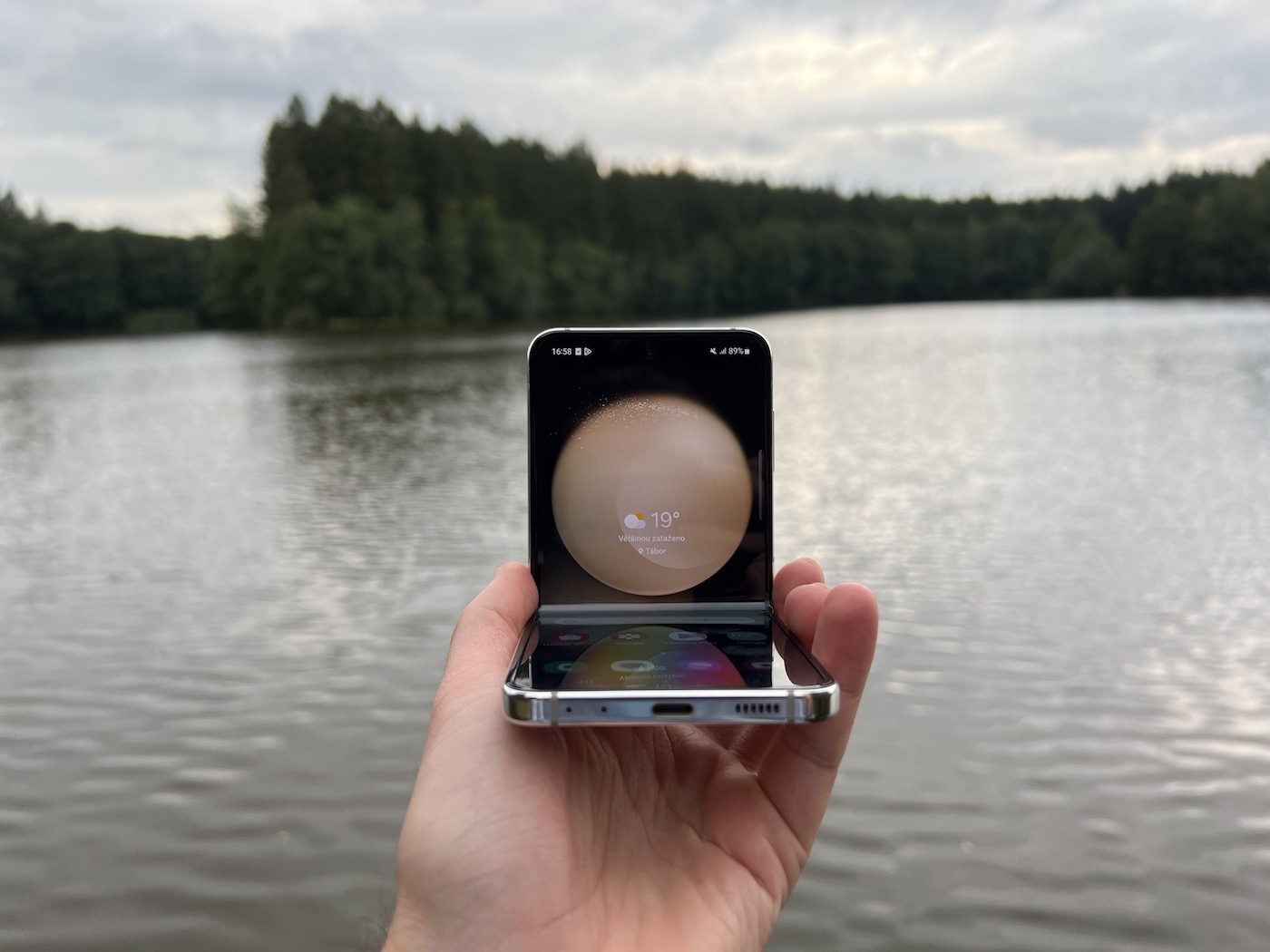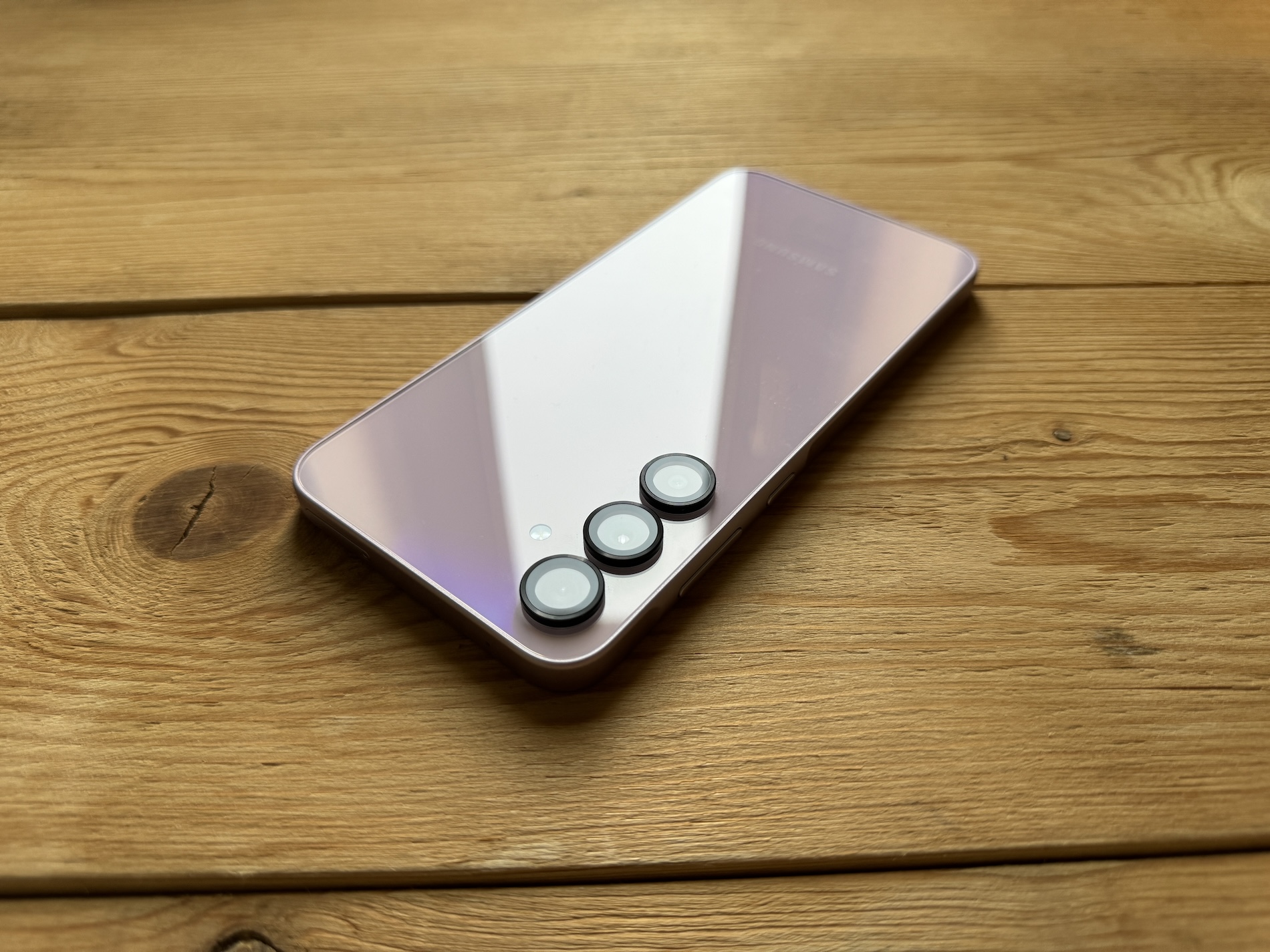 Samsung and KT Corporation, formerly Korea Telecom, announced that they have completed preparations to connect 5G technology. Both companies will most likely become the first ever to launch the new mobile transmission technology. According to our information, it will be launched already in 2018, when the Winter Olympic Games will be held in Pyongyang.
Samsung and KT Corporation, formerly Korea Telecom, announced that they have completed preparations to connect 5G technology. Both companies will most likely become the first ever to launch the new mobile transmission technology. According to our information, it will be launched already in 2018, when the Winter Olympic Games will be held in Pyongyang.
So it means that this location will have aerial and public 5G connectivity, sooner than originally planned. Samsung and KT Corporation planned to launch the new technology only in 2020, when the 5G network will reach the public. Anyway, to a large extent, everything will depend on the manufacturers of smart phones or tablets, chips, and last but not least the carriers who will get the technology among others.
Customers can look forward to speeds of up to several gigabits per second, not megabits. An example can be a TV show that can be downloaded in less than three seconds. Customers will also experience much lower latency. So it means that playing videos on YouTube and other services will be much faster. We expect 5G latency to be in the range of 1-5 milliseconds.
However, the foundations are almost ready. Qualcomm, the mobile chip maker, has expanded the X50 5G mobile modems and carriers, as have Verzion, T-Mobile, and US Cellular, which began testing earlier. Among other things, Verzion is a co-founder of the 5G Open Trial Specification Alliance, due to common network standards.
Meanwhile, Sprint says it already has enough capacity ready to carry three times the amount of data. 5G mobile technology is supposed to offer transmission speeds of up to 10 Gbps. Around 2020, much higher data consumption is expected, more precisely 30 times more than until now.
How are domestic wireless networks?
Less than two years ago, ČTÚ (Czech Telecommunications Authority) published a completely new coverage map, based on the technical parameters of the base stations of domestic operators. Thanks to this, we can find out how the Czech operators are doing. Domestic companies have a habit of adding a certain percentage of coverage, but thanks to ČTÚ we know the real numbers.
The current map offers several coverage bands – 800 MHz, 900 MHz, 1 MHz, 800 MHz and 2 MHz. Among other things, there are also UMTS networks that operate in the 100 MHz band.
O2 has the most territory covered by a high-speed connection. T-Mobile bravely holds on to second place thanks to mutual data sharing between O2 and T-Mobile. Third place was taken by Vodafone, which is not doing very well. However, there are also blind spots where none of the domestic operators have a signal. These may be places that companies are not interested in. Another possibility is high mountain ranges, which can also prevent the comfortable use of 4G-LTE.
When will we see 5G technology in the Czech Republic?
The arrival of new technology is really in the stars. We can expect the first test on the territory of the Czech Republic in five years. Whether we will see 5G networks depends not only on domestic operators, but also on funding from the EU, which in turn does not contribute that often.
*Source: PhoneArena






